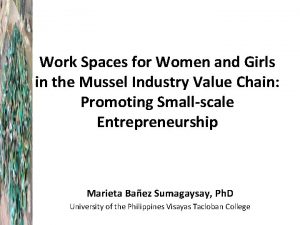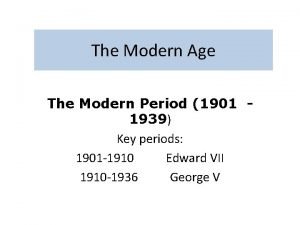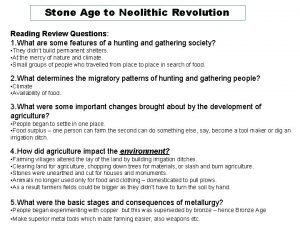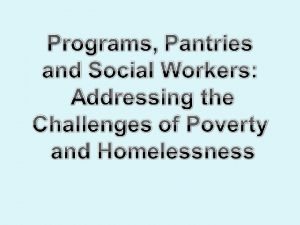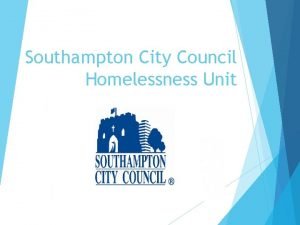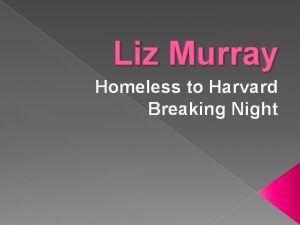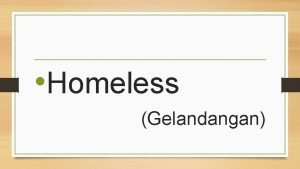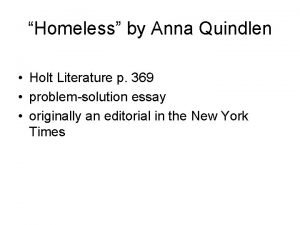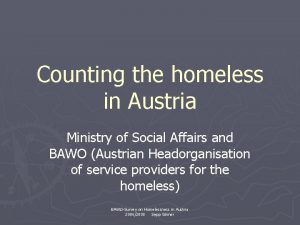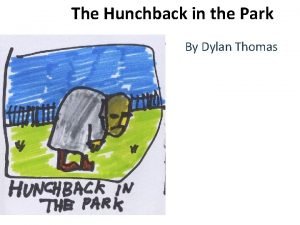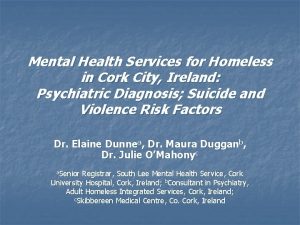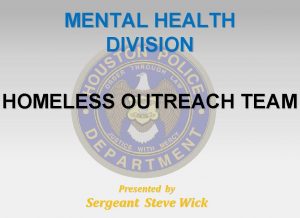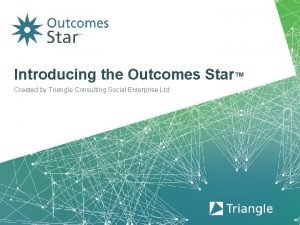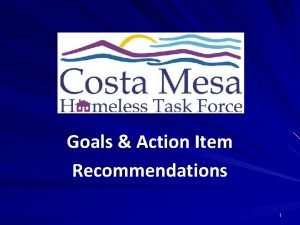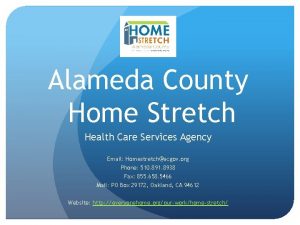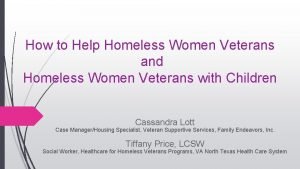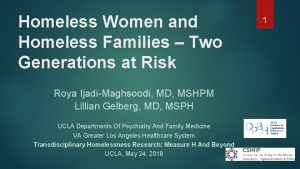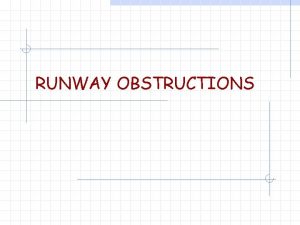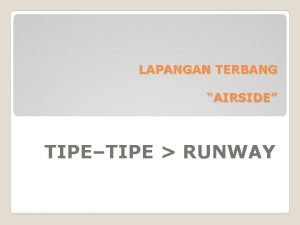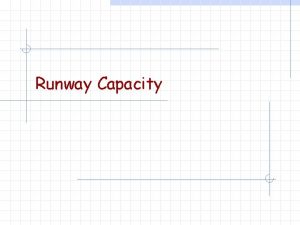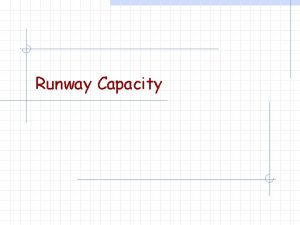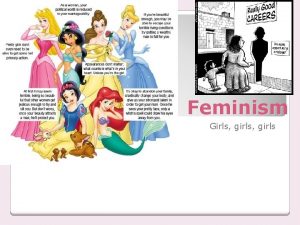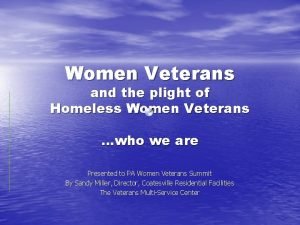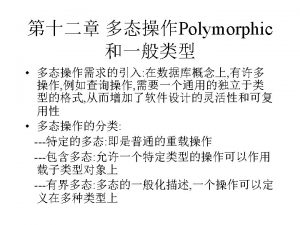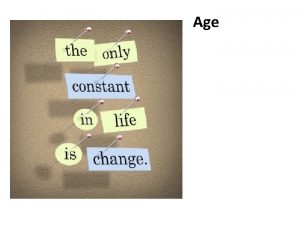Urja Runway girls and Homeless young women Age



















- Slides: 19

Urja Runway girls and Homeless young women Age Group 16 -25

Background Approximately 1, 200 cases handled in 13 years of work. Issue of homeless young women due to regressive social perception towards the women and ineffective govt. system. Addressing the issue was itself revolutionary and pioneering work. Experiences helped develop our understanding the issue of adolescent girls.

Rationale Currently no facilities for 18+group. Available to build on, 13 years of valuable experiences with the adolescents and their issues. Individual rehabilitation is incomplete without system change. Journey from micro learnings to a macro application. Further continue work on crucial issues like mental health and After care of this population

Our Core Belief • Social Justice for All. • Citizenship rights.

After Care Mental Health Core Intervention Area Livelihoo ds Shelter

WHY HOW • Lack of perspective and clarity of mental health issue in context of homeless women and runway girls. Do an assessment of medical services, shelter, employment or other survival option available. • No shelter and medical asylums for homeless women. • Non accessible livelihood option to fulfill basic fundamental rights. Direct intervention with hospitals or NGO/ GO shelter prog. in terms of planning of rehabilitation and case intervention s • Lack of understanding of mental health among homeless, and therefore lack of expertise to deal with the issue. To run group home as a model to demonstrate alternate shelters. Mental health IMPACT • Govt. shall be make provision and reservation in employment and other sector. Also they shall develop special schemes. • To made secure and nurtured society environment for encourage deinstitutionalized care

AFTER CARE ØYoung adult women leaving care one of the most vulnerable and disadvantaged groups in society, as they face numerous barriers in accessing educational, employment and other development opportunities. ØAfter-Care services, is a vital component of institutional care as it serves as the bridge between the young adult and their entry into community as an independent, productive, law-abiding citizen. ØAfter-Care program for girls is still seen as a major challenge and options for their rehabilitation are almost non-existent. ØCurrently there are no NGO/ GO working with this issue. ØInadequate job and educational opportunities leads to unsuccessful re-integration in society.

How…… Research Intervention & Documentation – • To get recognition of an After Care home for girls in the course of need assessment and other related study within the Maharashtra. Along with state and help of local GO/ NGO to establish a girls After care home. Advocacy & Training- • To strengthen the After Care home and perspective of rehabilitation through dissemination and consultation of various studies of After Care & to advocate this issue through multiple mediums. • Training and capacity building with the Juvenile Justice System as well related stake holders in the context of After Care. • Advocacy in the form of a PIL for a girls After Care home in high court. Direct Intervention – To work with participants in C. H / Special home/ After Care home in terms of individual planning of rehabilitation to developed the internal program. To run Group Home as model of an After Care concept.

IMPACT • At National level : recognition and effective implementation of the After Care Program for girls. • In Maharashtra : each district shall have an After Care system for girls.

WHY SHELTER - HOMELESSNESS Homeless women are essentially the “poorest of the poor” who are most affected as they are easy objects for exploitation. Young women are full of energy and creativity but the current shelter programme lack concrete processes and infrastructure to channels these energies. Shelter without an adequate education, training and job options is not a desirable situation. Inadequate human resources, lack of facilities and unsatisfactory administrative support were challenges faced within the shelter homes adding to frustration and stress already prominent among the staff. Number of shelter homes and their sanctioned strength compared to issue of homeless women appears as an after thought and tokenism.

WHAT WANT TO DO? To assess the current situation of shelter programme in Maharashtra and other State, in terms of standard of services and programme offered to pursue education, health, training, vocational training and job placement. Training and capacity building with Staff focused on such best practices. To build perspective about Rehabilitation, Prevention and Protection of the Homeless population, as well consequences of homelessness, and related issues. To strengthening the structures and programme to focus on empowerment and capacity building of young women. Linkages with various development schemes, commissions and policies related to young women's such as Swadhar.

WHAT WE WANT TO ACHIVE The State shall make clear policy guidelines for the young women's participation within the homes and other developmental activities as required. The State and Central Government shall set up more shelter homes according their state population.

Livelihood Option Situation Limited option which are not accessible for homeless population. Livelihood option will help them stabilize and hasten the process of independent living. Govt. schemes or reservation for homeless women and girls currently not available. Strategies Situation analysis to know various livelihood options. To complete and publish a resource Directory. Make required documents accessible for homeless women and girls.

How we reaches…. “Fresh runaways” just entering Mumbai, referred by Outreach, Police or other organizations. Age 16 -24 years Met at station or through referral. Day Centre for “getting their feet under them, ” followed by intensive Urja’s programs, returning home, or other referrals

Re-Integration Reintegration Long-term Shelter Group Home Family Referral Agency For 18 yrs + Independence Economic Emotional Crisis Shelter Medical Psycho-social Support Prosecution Rehabilitation Restoration Drop Out Referral Informed and left CWC Day Care Orientation Basic Amenities Children’s Home Intake Sheets Below 16 yrs Counselling Education Medical Vocational Training Job Placement Income Generation Programme Recreation Stakeholders Caring Communities Outreach NGOs Referrals Self

Programme…… 1)Rights – Based a) Counseling and case interventions b) Nutrition c) Medical Support d) Shelter e) Recreation 2) Empowerment and Capacity Building a) Education b) Income Generation c) Vocational training d) Job Placement e) Drama Sessions , Outbound Camp , Alumni meet, Various group sessions & discussions. f) Savings

Continue…. . 3) Rehabilitation Process a) Family Tracing and Family visits b) Legal Follow up c) Referrals and Restoration d) Case Planning Meetings e) Documentation

Staff composition…. Deepali Kamble Sanjivani Dambhare Vinaya Sarmalkar Rashmi Ghorpad Pradnya Dethe

Thank You!
 Girls to women
Girls to women Stone age chronology
Stone age chronology Iron age bronze age stone age timeline
Iron age bronze age stone age timeline Young women's preparatory academy uniform
Young women's preparatory academy uniform Victorian age and modern age
Victorian age and modern age Difference between stone age and modern age
Difference between stone age and modern age Romanticism vs victorianism
Romanticism vs victorianism Businessman chris gardner
Businessman chris gardner Southampton city council homeless
Southampton city council homeless Homeless to harvard questions
Homeless to harvard questions Homeless artinya
Homeless artinya Homeless by anna quindlen
Homeless by anna quindlen Homeless in austria
Homeless in austria The hunchback in the park
The hunchback in the park Homeless shelters southend
Homeless shelters southend Homeless services cork
Homeless services cork Hpd mental health division
Hpd mental health division Triangle outcome star
Triangle outcome star Costa mesa homeless
Costa mesa homeless Alameda county health care for the homeless
Alameda county health care for the homeless
